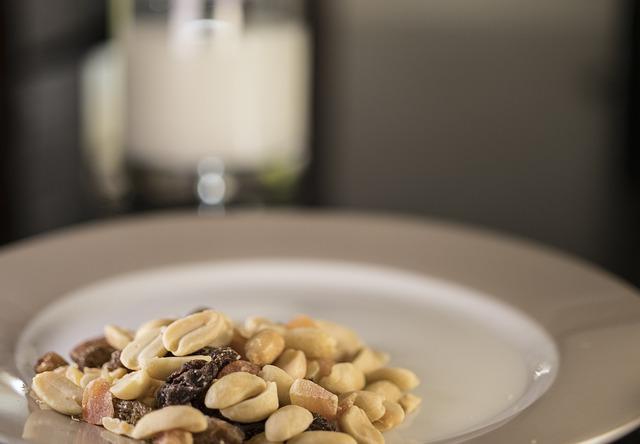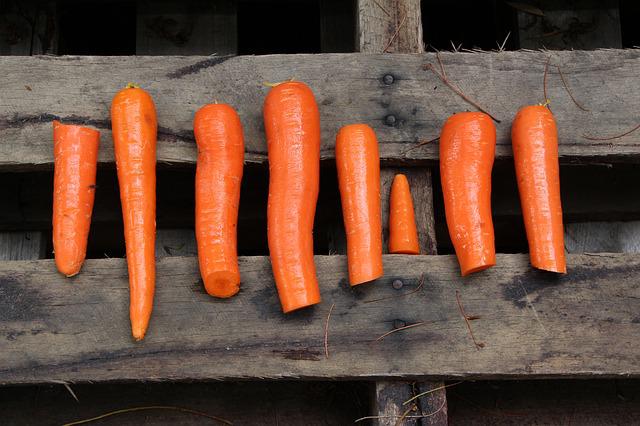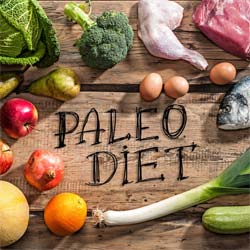
The menu diet paleo encourages us to eat the foods our ancestors enjoyed. This diet includes foods like apricots, dried pumpkin seeds, and banana with almond butter. It also includes sweet potatoes, chicken, and vegetables. EatingWell recognizes the importance of certain foods, even though the paleo diet can seem restrictive. We'll show you how to eat them while maintaining a healthy diet.
Pola makanan, paleolithic manusia
Christina Warinner, Ph.D., studied pola makan manusia purba and mitos-mitos pola makanan paleolithic manusia in 2010. She reveals that manusia Paleolithic manusia was a large consumer of daging and enjoyed all kinds of meat. This myth was widely believed by paleolithic people, but is now considered outdated and irrelevant.
The diet of the paleo, also known by the diet of manusia ga, allows you to eat the same food as manusia guma used to eat. They help preserve their heritage and improve their kesehatan. This diet is not right for everyone. This diet is not suitable for everyone and is only recommended for a small number of people.
The Ramasokat lukisan includes two types of Kelompokan: the ceruk and the lukisan. They were found in the Liabalano and Sulawesi Tenggara areas. The lukisan gua is a mix of protein, fats, and amino acid. These nutrients support healthy living, and may even help us understand the nuances of human evolution.

Modern humans eat a variety of foods that have many benefits but also come with some risks. People who eat foods rich in nutrients, such as those found in the Paleolithic Era, will be more likely to develop diseases. Your risk of developing disease is reduced if you eat clean. And if you are interested in eating healthier, try the Clean Eating diet. The benefits of eating this way are obvious: a diet low in fats can be good for your health, and you won't get sick from overeating.
Paleolithic diet foods
Foods found in processed foods often contain added sugars, vegetable oil, and artificial sweeteners that can be harmful to your health. Overeating and excessive consumption of refined sugars can lead to obesity. High levels of salt can also cause heart disease. Vegetable oils are also controversial. The American Heart Association recommends corn oil and safflower as alternatives to canola oil. These oils contain high amounts of omega-6 fat acids.
Many commercial paleo diets limit dairy products to a minimum. Some have stricter restrictions. Among the foods allowed on a paleolithic menu diet are lean pork loin, roasted chicken with onion and carrot stuffing, and steamed broccoli. Other paleo plans allow limited amounts of honey or maple syrup. This diet has received varying degrees of scientific research.
Paleo advocates recommend that you avoid legumes because they contain high amounts of phytic acids. These substances inhibit the absorption of essential minerals from the gut. These substances are allowed in certain situations. It's tempting to eat beans and potatoes but it's not recommended that you do so as often as other processed foods. Rather, you should include plenty of fruits and vegetables in your daily meal plan.
Guidelines for eating a paleolithic diet
Although they differ greatly from the standard modern diet, the Guidelines for Eating Paleolithic Diet have the same basic principles. The Paleolithic diet is primarily based on animal products but it is rich in plants so there are no restrictions. The diet is not for everyone. Paleolithic nutrition may not be for you.

Dairy products are the most popularly excluded food groups on the Paleolithic diet. This could put you at risk of nutritional deficiency. Tooth decay is caused by calcium deficiency. Calcium plays an essential role in blood clotting. Whole grains lower the risk of type 2 diabetes, stroke, heart disease, as well as stroke. However, calcium deficiency can occur because grains have been largely eliminated.
Many principles are involved in Paleolithic-style eating. It emphasizes eating nutritious foods, such as fruits and vegetables, and restricts carbohydrates and processed food. To avoid overdoing it, it is important to carefully follow these guidelines. Remember that a paleolithic diet is different for every individual. It is important that you understand that the Paleolithic lifestyle was common 10,000-12,000 years ago.
FAQ
How do I motivate to cook?
It's fun to cook for your friends and family. Cooking for your own family is much easier than making meals for others. Try making something new if your goal is to become more motivated to cook. This way, you will learn about new ingredients and techniques. It's also possible to use recipes from other cultures in order to broaden your culinary knowledge.
What are the qualifications to be a chef?
To be a chef you need a bachelor's level in culinary arts. A number of ACF tests will be required. After completing these requirements, you will be awarded a certificate that confirms your qualifications.
How do I learn to cook like a professional?
Cooking is one of the best ways to become a better person. Cooking healthy meals for your family and friends is a great way of increasing self-confidence and learning new skills. If you want to be able to cook well, then start cooking at home. The first step is to find out what kind of recipes you like. Next, you should read books on different cuisines, like Mexican, Chinese, and Italian. Finally, practice making different dishes until you feel comfortable doing them.
What ingredients do I need to purchase to cook?
You don’t always need to buy the ingredients. Many grocery stores carry pre-made sauces and items that can be used as substitutes. Pre-made meals are a great way to save money.
How do I become a Chef?
There are many options for becoming a chef. Start by enrolling in a class at a vocational school or community college. You can then look into going to culinary school. Finally, consider a paid internship.
Do I need special equipment to cook?
No, you don't need any special equipment to learn to cook. The right tools can make cooking much easier. You could, for example, use a spoon to make pasta or a whisk to whip the egg whites into stiff peaks. You can make cooking more enjoyable and easier by having the right tools.
What is the cost to study culinary arts?
The price of studying culinary arts varies widely. A four-year degree usually costs around $40,000. A two-year associate's program may be less expensive at $5,000. Tuition costs vary depending on which program you choose. The prices charged by private institutions are generally higher than the public.
Statistics
External Links
How To
How to cook a Steak
The type of meat you are cooking will determine the right method to use. Thicker steaks can be cooked on a low heat. Thicker steaks need to be cooked at higher temperatures.
Also, don't cook them too long as it will cause loss of flavor. Make sure to remove the steaks from the pan after it is done. This will help you avoid burning your skin.
Cooking times vary depending on the size and degree of doneness desired. Here are some general guidelines.
Medium Rare: Cook till medium rare. This is when the internal temperature of the food reaches 145°F (63°C). This process takes between 3 - 5 minutes per side.
Medium: Cook till medium. This typically takes 6 minutes per side.
Cook well until done. That means that the internal temp reaches 180degF (82degC). This typically takes 8-12 minutes per side.